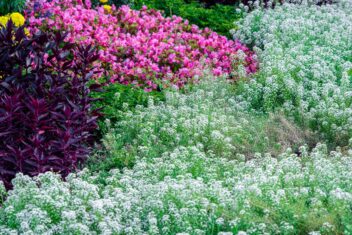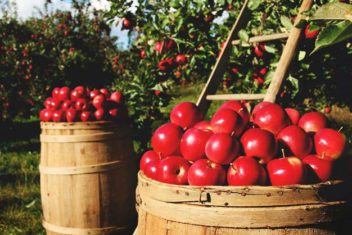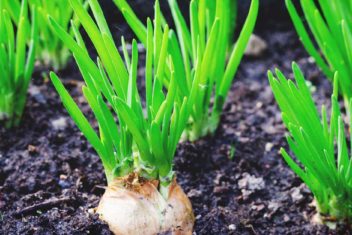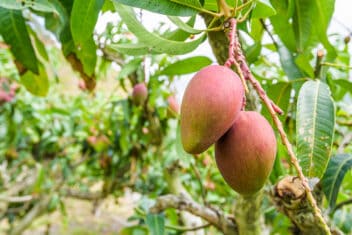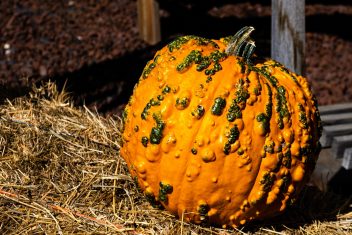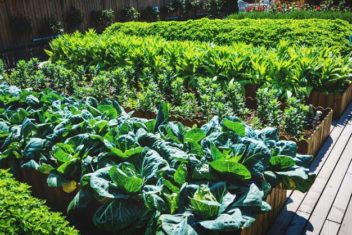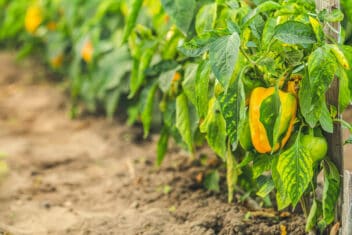Gardening…
It’s a wonderful activity for your health, can help you eat better on a budget, and adds great beauty to your property without spending a fortune.
Yet, caring for a garden can become complicated. If you have a sizeable garden layout, you may wonder how you should go about getting everything watered efficiently.
Irrigation systems can make the gardener’s life much easier, but do you worry about the cost of such an investment?
I’m going to share with you the oldest irrigation system in the world. It’s easy, efficient, and inexpensive to install (in most cases.)
Let’s explore surface irrigation:

What Is Surface Irrigation?
If you’ve ever seen someone grow rice, you’ve probably seen a surface irrigation system, which is where water is dammed up outside of a field, but when the time is right, a geared system opens and allows the water to flow freely through the crops.
Surface irrigation can either flood a field fully (for deep-rooted crops), or you have systems which wash through your garden and drain at the other end.
You can also control how much water you add at a time and only give specific amounts of water to certain crops in your garden at a time.
Though it may seem this is a watering system with little control at first glance, you can control mass amounts of water better than you might initially assume you could.
Surface irrigation is one of the oldest irrigation techniques in the world and is still used the most out of all irrigation techniques across the globe.
This is a tried and true method which could work for a variety of people in different growing situations and conditions.
Types of Surface Irrigation Systems

There are different surface irrigation systems. Understanding each one will help you figure out which option is the right one for you:
1. Open Systems
An open system consists of multiple channels dug throughout your garden or farming area. This is where the water will flow through when the water source has been opened.
Open systems are less expensive to install and require less maintenance but can cause the land to deteriorate over time.
2. Closed Systems
Closed systems are the more modern version of a surface irrigation system. There are pipes placed underground and water runs through them.
Though they do require more upfront costs and are more complex to build and operate, they keep your land in better shape over the years.
3. Flooding
Of the two systems mentioned above, flooding is an option for an open system. If the land is sloped and the water source is above the land, the dam can be opened, and the land can be flooded in no time flat.
As mentioned above, this works best for deep-rooted crops and is also used in areas which suffer from drought.
4. Border Irrigation
Border irrigation can be an option for an open or closed system. This option doesn’t flood your growing area.
Instead, water is added at one end of the system and flows out the other end. You can have pipes lead the water to the straight channels.
5. Furrow Irrigation
Furrow irrigation is a network of channels. You can either open your water resource or pump it through pipes to the channels.
Once the water enters the channels, it flows through in a zig zag pattern. You can control how much water is added and which plants get the bulk of it with this style of system.
How Does Surface Irrigation Work?
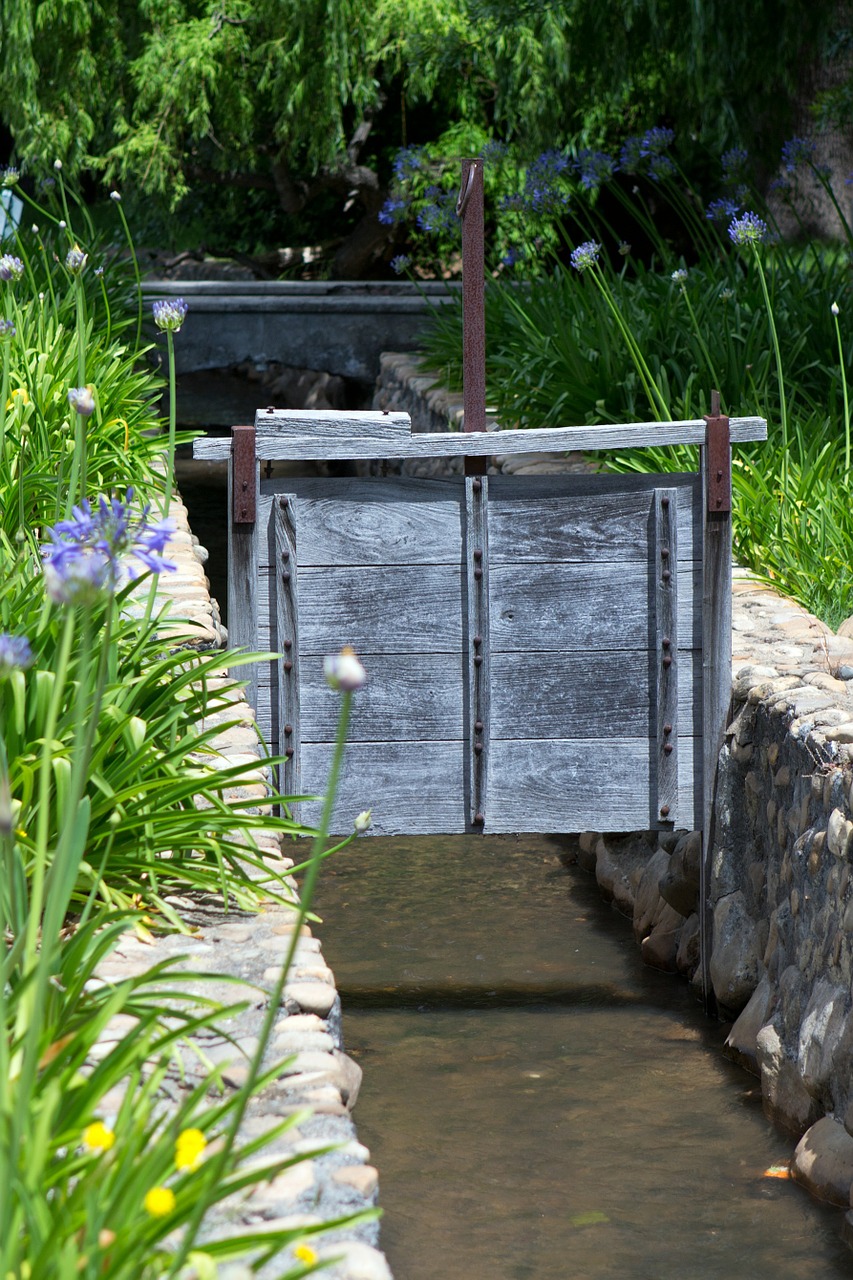
Surface irrigation is a simple system for watering your crops. There must be a water source near the garden or farming area.
In some cultures, an animal will turn gears which open the dam to allow the water to flow through the surface irrigation system.
However, in more modern societies, electric pumps are used to pump the water out of the dam through pipes.
Once the water is in the pipes, gravity will help the water flow to the growing area below. As the water flows through the pipes, it will flow into the channels and water the crops.
When finished, depending upon the system of your choice, the water will either flow out the other end of the garden or remain standing until the soil can absorb the water.
Your soil will play a huge role in how much water will make it to your crops. If your soil can’t absorb the water, you will have more runoff than efficient watering taking place.
It will also depend upon the slope in the planting area, how rocky your soil is, and the shape of the design of your system.
You must have fertile and well-draining soil for this watering system to work as efficiently as possible.
Pros and Cons of Surface Irrigation
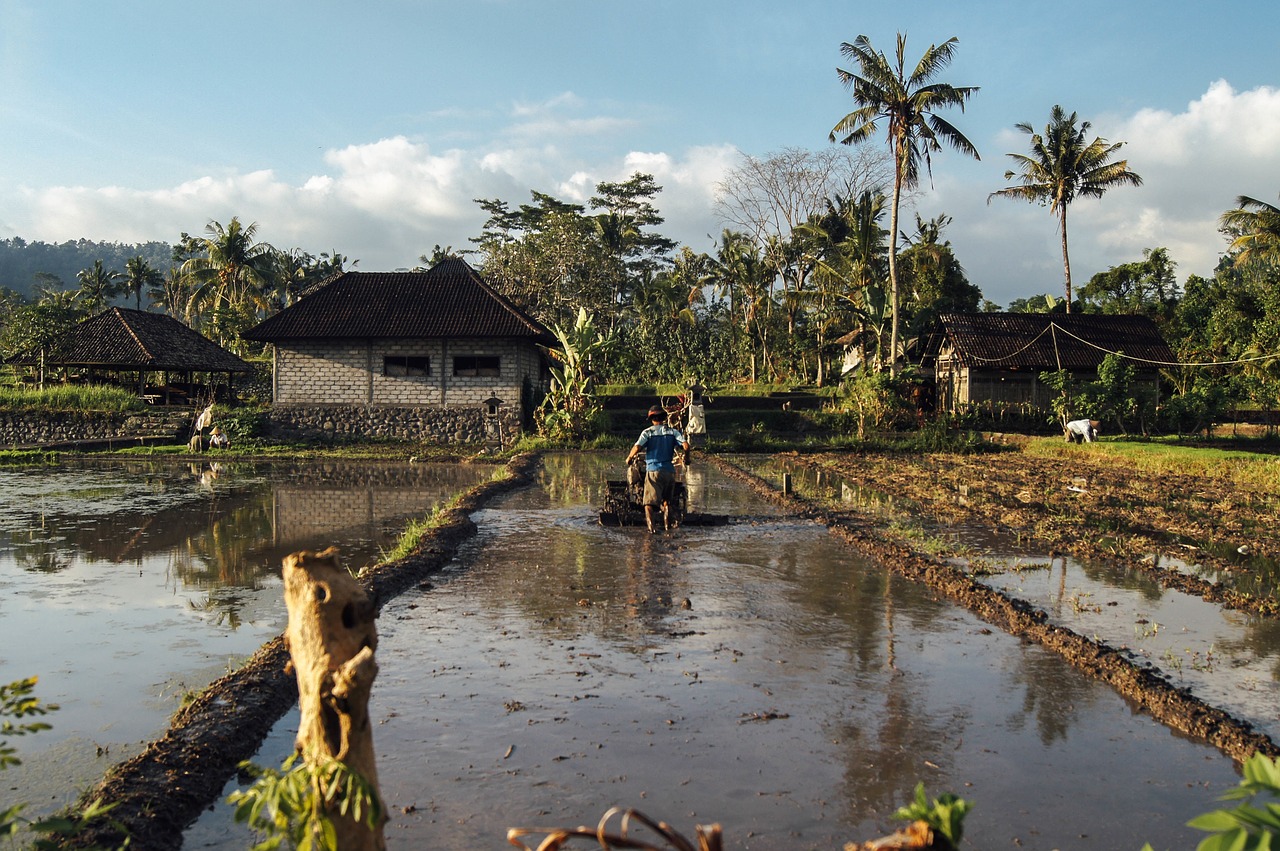
Surface irrigation has its great points and has a few drawbacks as well. Here’s what you must know to make an informed decision as to whether surface irrigation will work for you:
The Pros
- Surface irrigation is cost-effective (in most cases) because you dig channels and construct a damming structure with basic materials. It will require manual labor, but it doesn’t require a lot of funds to make this system work.
- Gravity does most of the work for you when watering using a surface irrigation system. This makes the job easier.
- Weather doesn’t impact the effectiveness of this system. If the wind is blowing, the water will still flow where it’s supposed to go.
- If you live in an area where drought is a huge burden, surface irrigation can allow you to water less and still maintain healthy crops.
- You can water less frequently when using this technique.
The Drawbacks
- Your soil is in control. If it isn’t well-draining, your crops will become waterlogged and rot.
How to Apply Surface Irrigation to the Smaller Garden
You may be reading this article and mutter the words, “This is great for large farms, but I’m a small gardener. How does this apply to me?”
I wondered this initially because let’s be honest, surface irrigation makes watering easy for the larger farmer, and I wanted in on it for my smaller gardens.
Thankfully, you can adapt this system for smaller gardens as well. If your garden is near a pond, this would work well.
However, if you don’t have a natural water source on your property, collect rainwater. From there, run a system of PVC pipes with holes throughout your garden.
Be sure to dig channels between the rows of your garden. Allow the water to run through the PVC pipes, into the channels, and water your garden heavily.
This would be an easy and inexpensive option for adapting this method of irrigation to a smaller scale.
You now have a solid overview of what a surface irrigation system is, the different options within the system, how this style of irrigation works, the ups and downs with this style of system, and how to make surface irrigation work on a smaller scale.
Use this information to decide if this style of irrigation will work for your set-up and enjoy a less labor-intensive method to water your garden.


